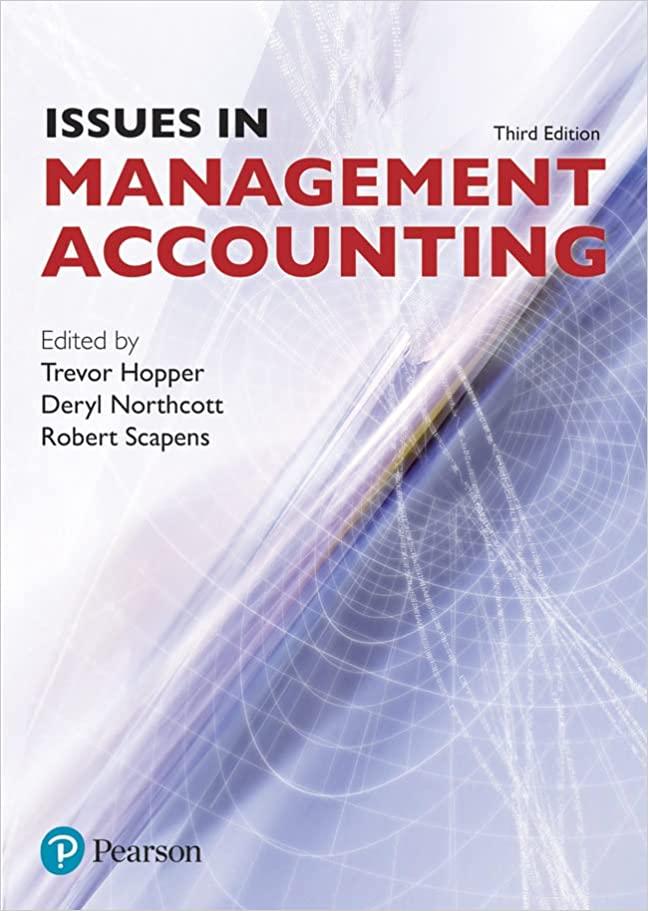Answered step by step
Verified Expert Solution
Question
1 Approved Answer
Rashad, an unmarried individual with four dependent children (ages 5 to 15) had the following income items: Salary $ 517,100 Interest income 22,700 Dividend eligible
Rashad, an unmarried individual with four dependent children (ages 5 to 15) had the following income items:
| Salary | $ 517,100 |
|---|---|
| Interest income | 22,700 |
| Dividend eligible for 20% rate | 41,000 |
Rashad had $35,000 in itemized deductions.
Required:
Compute Rashads income tax (before credits). Assume the taxable year is 2022. Use Individual Tax Rate Schedules and Standard Deduction Table.
Note: Round your intermediate calculations and final answers to the nearest whole dollar amount.
|
Individual Tax Rate Schedules
Married Filing Jointly and Surviving Spouse
| If taxable income is | The tax is |
|---|---|
| Not over $20,550 | 10% of taxable income |
| Over $20,550 but not over $83,550 | $2,055.00 + 12% of excess over $20,550 |
| Over $83,550 but not over $178,150 | $9,615.00 + 22% of excess over $83,550 |
| Over $178,150 but not over $340,100 | $30,427.00 + 24% of excess over $178,150 |
| Over $340,100 but not over $431,900 | $69,295.00 + 32% of excess over $340,100 |
| Over $431,900 but not over $647,850 | $98,671.00 + 35% of excess over $431,900 |
| Over $647,850 | $174,253.50 + 37% of excess over $647,850 |
Married Filing Separately
| If taxable income is | The tax is |
|---|---|
| Not over $10,275 | 10% of taxable income |
| Over $10,275 but not over $41,775 | $1,027.50 + 12% of excess over $10,275 |
| Over $41,775 but not over $89,075 | $4,807.50 + 22% of excess over $41,775 |
| Over $89,075 but not over $170,050 | $15,213.50 + 24% of excess over $89,075 |
| Over $170,050 but not over $215,950 | $34,647.50 + 32% of excess over $170,050 |
| Over $215,950 but not over $323,925 | $49,335.50 + 35% of excess over $215,950 |
| Over $323,925 | $87,126.75 + 37% of excess over $323,925 |
Head of Household
| If taxable income is | The tax is |
|---|---|
| Not over $14,650 | 10% of taxable income |
| Over $14,650 but not over $55,900 | $1,465.00 + 12% of excess over $14,650 |
| Over $55,900 but not over $89,050 | $6,415.00 + 22% of excess over $55,900 |
| Over $89,050 but not over $170,050 | $13,708.00 + 24% of excess over $89,050 |
| Over $170,050 but not over $215,950 | $33,148.00 + 32% of excess over $170,050 |
| Over $215,950 but not over $539,900 | $47,836.00 + 35% of excess over $215,950 |
| Over $539,900 | $161,218.50 + 37% of excess over $539,900 |
Single
| If taxable income is | The tax is |
|---|---|
| Not over $10,275 | 10% of taxable income |
| Over $10,275 but not over $41,775 | $1,027.50 + 12% of excess over $10,275 |
| Over $41,775 but not over $89,075 | $4,807.50 + 22% of excess over $41,775 |
| Over $89,075 but not over $170,050 | $15,213.50 + 24% of excess over $89,075 |
| Over $170,050 but not over $215,950 | $34,647.50 + 32% of excess over $170,050 |
| Over $215,950 but not over $539,900 | $49,335.50 + 35% of excess over $215,950 |
| Over $539,900 | $162,718 + 37% of excess over $539,900 |
| Married filing jointly and surviving spouses | $25,900 |
|---|---|
| Married filing separately | 12,950 |
| Head of household | 19,400 |
| Single | 12,950 |
Step by Step Solution
There are 3 Steps involved in it
Step: 1

Get Instant Access to Expert-Tailored Solutions
See step-by-step solutions with expert insights and AI powered tools for academic success
Step: 2

Step: 3

Ace Your Homework with AI
Get the answers you need in no time with our AI-driven, step-by-step assistance
Get Started


